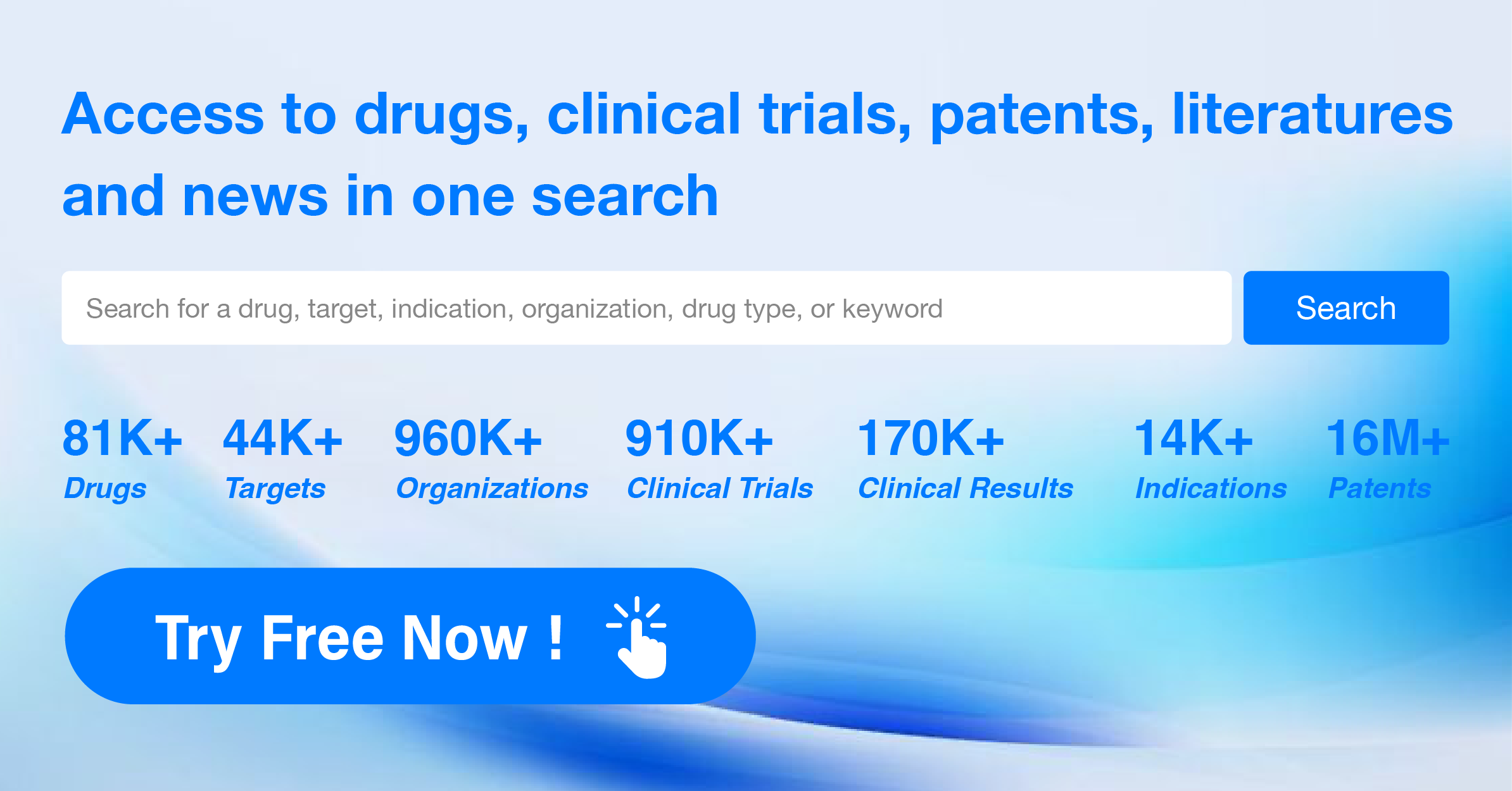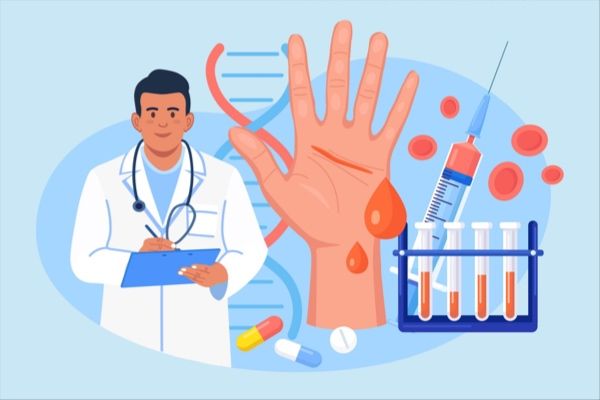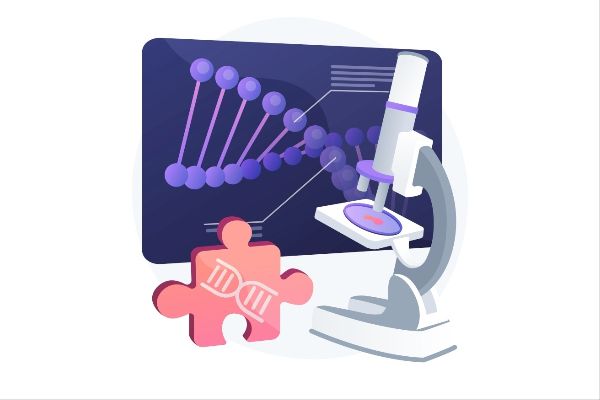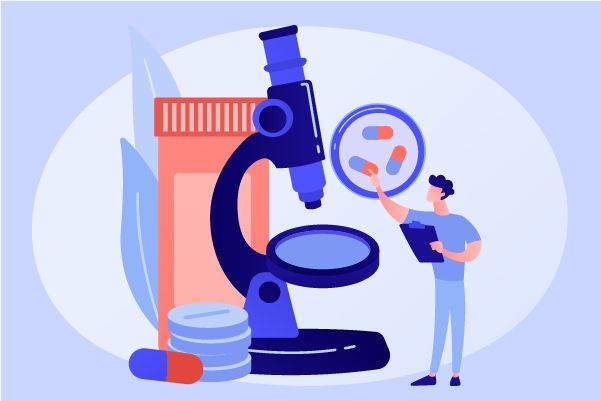What is LD50?
LD50 (median lethal dose) is a commonly used indicator in toxicology to describe the toxicity of toxic substances or radiation. It is defined as the minimum dose required to kill half of a group of a certain weight or age of animals within a certain time through a specified route of administration. The smaller the LD50 value, the stronger the toxicity of the exogenous chemical substance; conversely, the larger the LD50 value, the lower the toxicity.
Determining LD50 is important for evaluating the acute toxicity of chemical substances and comparing the relative toxicity of different substances. It can also be used to calculate the therapeutic index of drugs and provide a reference for selecting doses for subsequent repeated-dose toxicological studies. Furthermore, by comparing the LD50 values of different routes, information on bioavailability can be obtained.
It should be noted that the determination of LD50 has limitations, such as limited information, high variability, and being influenced by various factors, including animal species, strain, sex, and route of exposure. Therefore, when expressing LD50, the specific animal species and route of exposure should be specified, and LD50 should be calculated separately for male and female animals.
In toxicological studies, there are several methods for calculating LD50, including the visual probit method, weighted probit method (Bliss method), Karber method, and sequential method. Among these, the Bliss method is considered to be a relatively accurate method, but due to its complex calculation process, it is often used to validate and compare the accuracy of other calculation methods.
The determination of LD50 can help reduce problems caused by measuring extreme situations and reduce the number of required tests. However, LD50 is not the lethal dose for all test organisms: some may die at doses much lower than LD50, while others may survive at doses much higher than LD50.
In special cases, researchers may also measure indicators such as LD1 or LD99 (the dose that kills 1% or 99% of the test population). Additionally, two indicators related to LD50, LD50/30 and LD50/60, refer to the doses that kill half of the test population without treatment within 30 or 60 days, respectively, and these indicators are typically used to describe radiation toxicity.
Due to criticism from animal rights organizations, some countries have begun to ban or reduce LD50 testing on animals. The Organization for Economic Co-operation and Development (OECD) also abolished the requirement for oral toxicity testing in 2001 and recommended using alternative methods instead.




